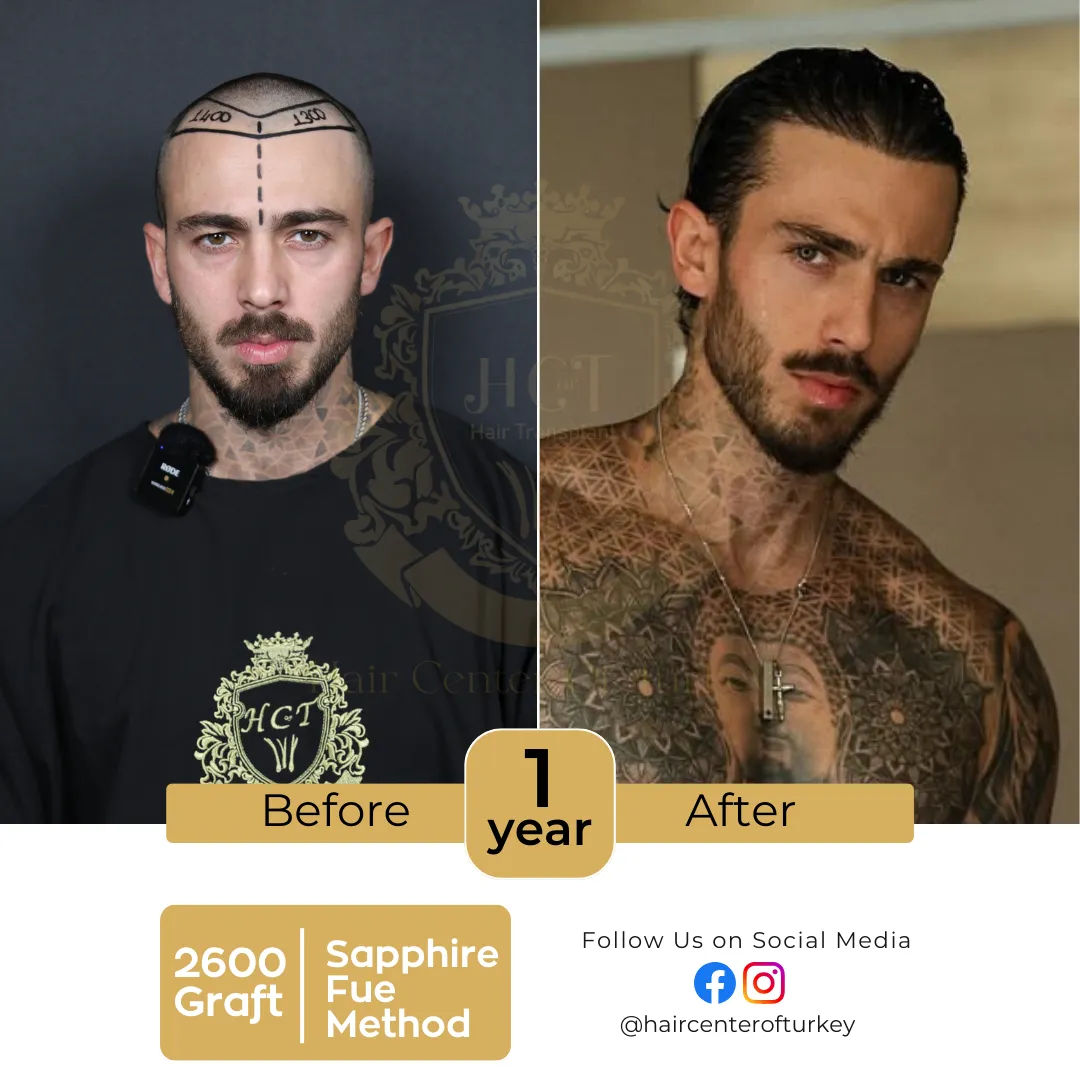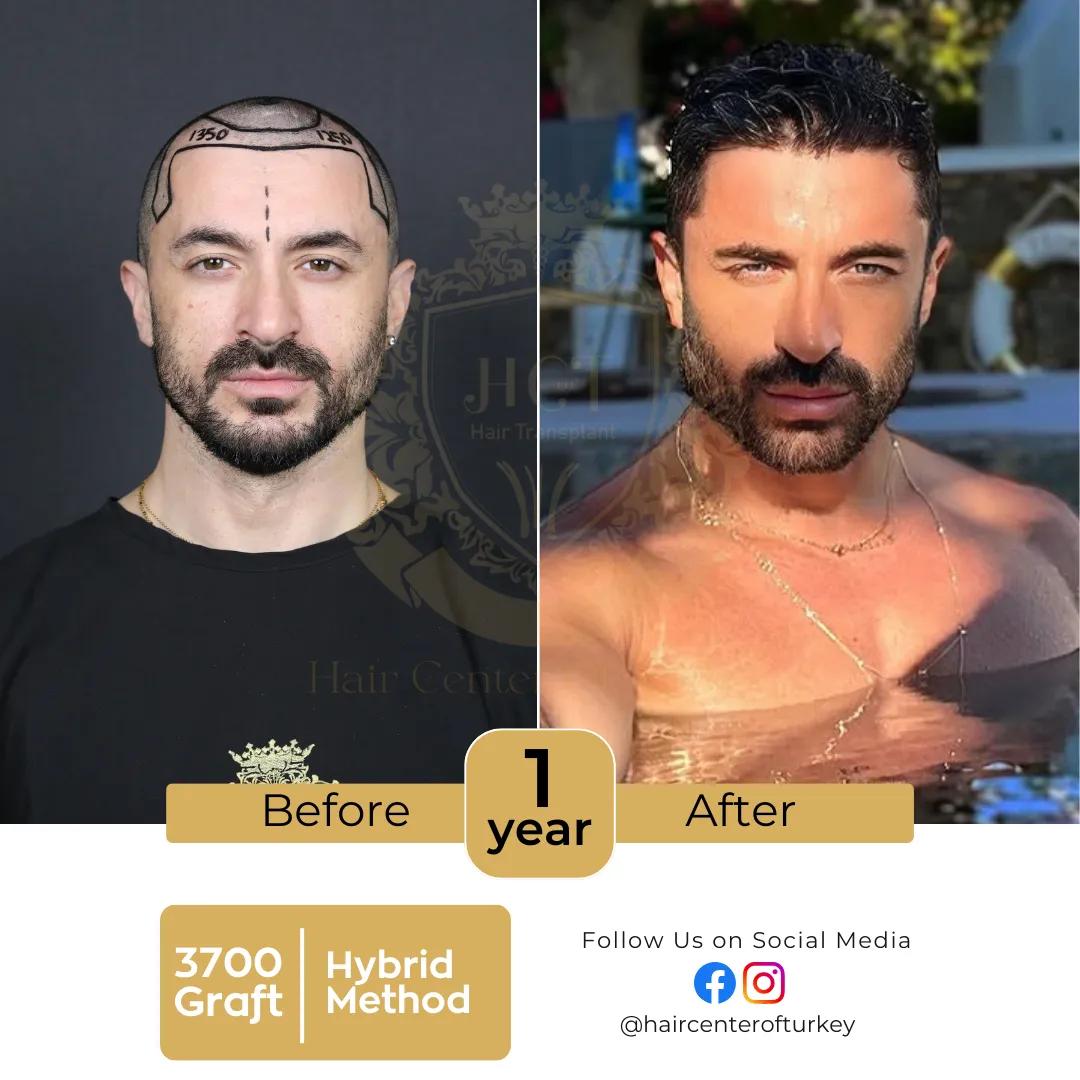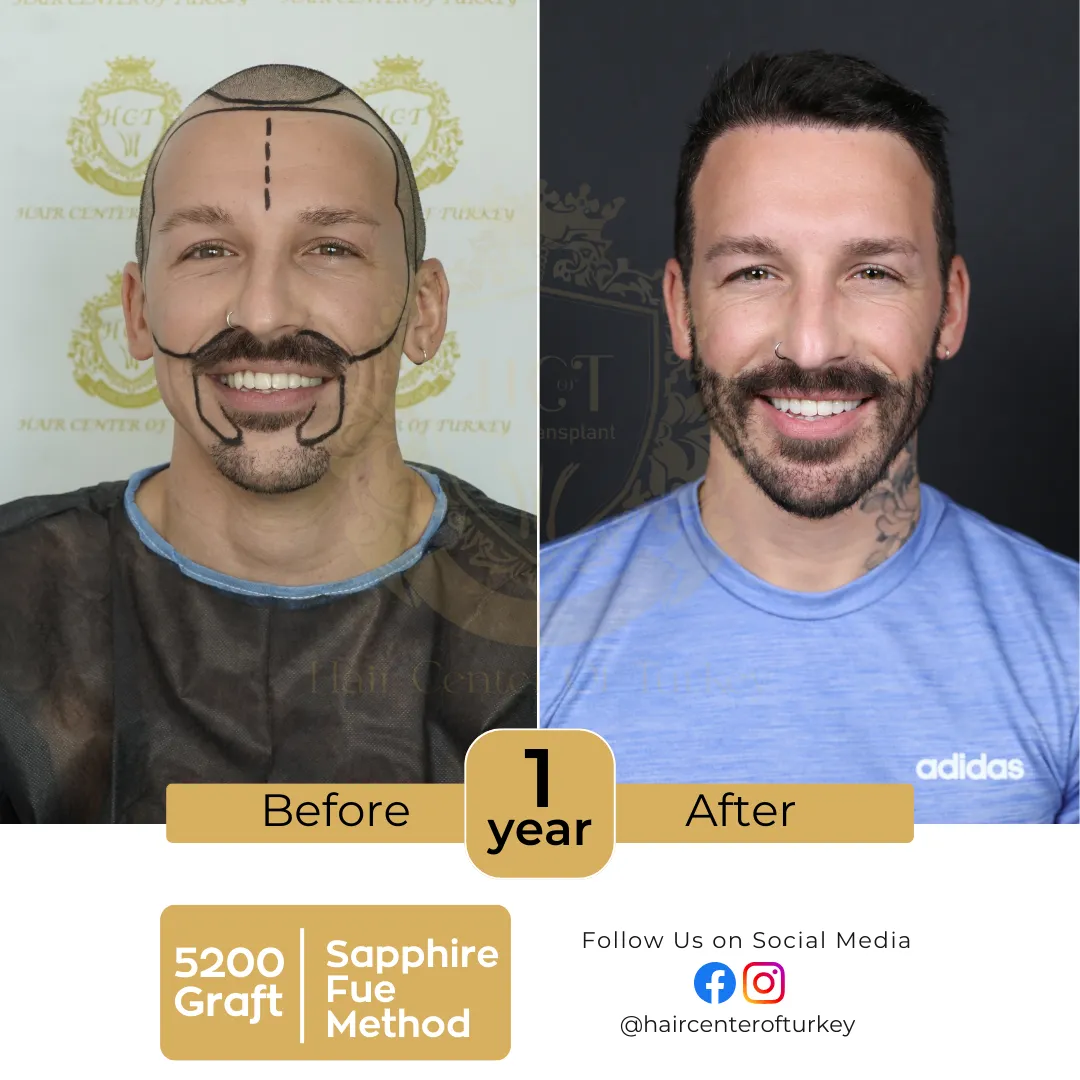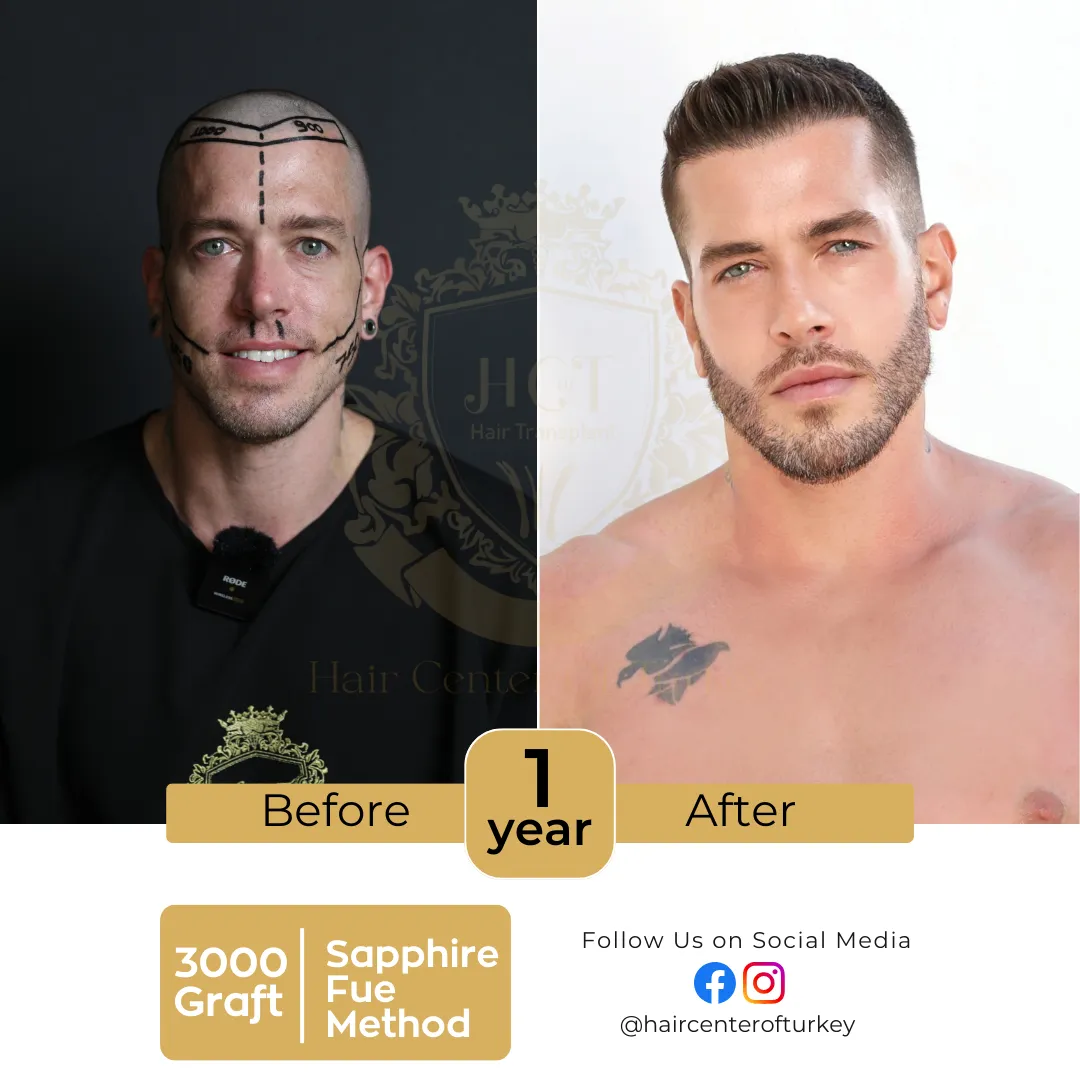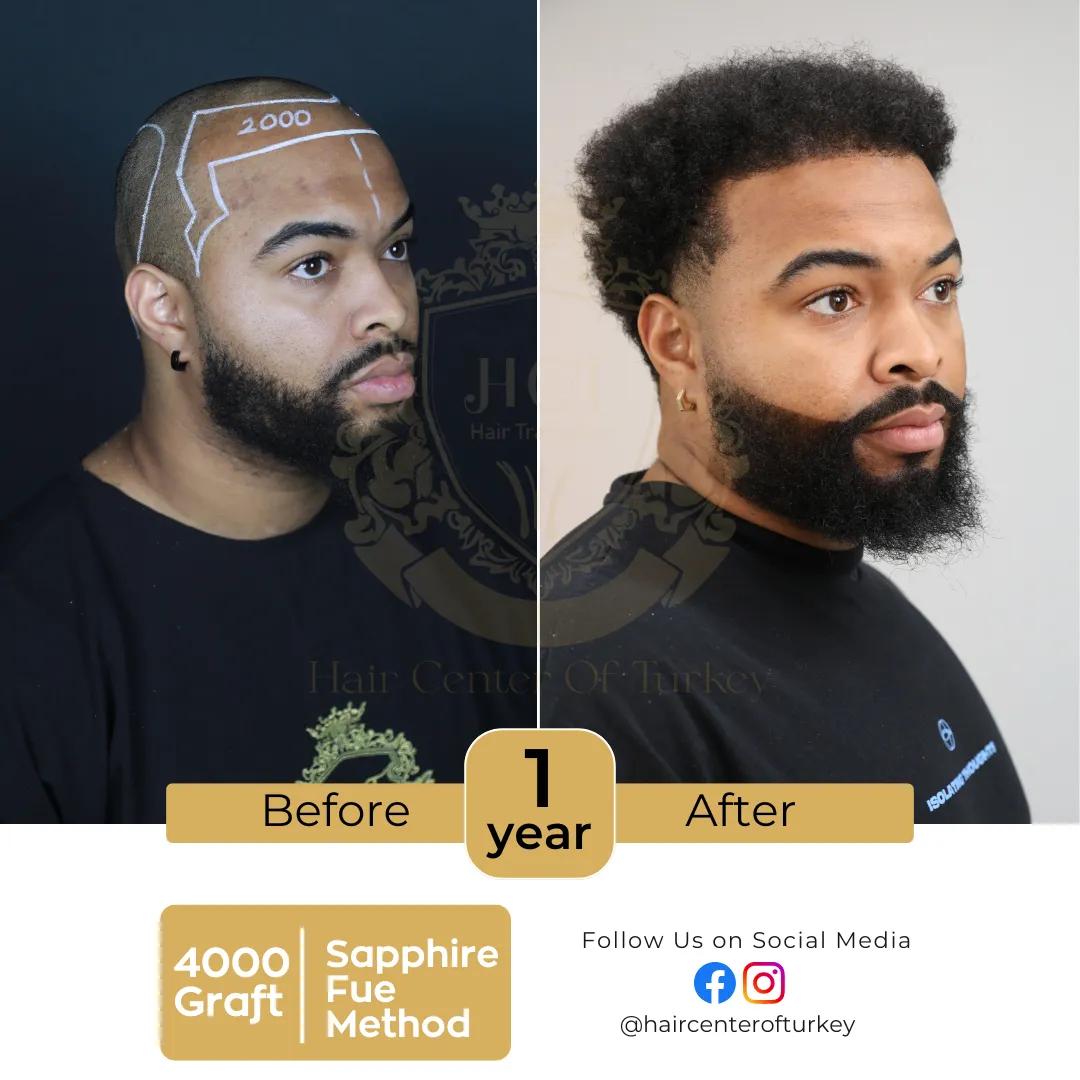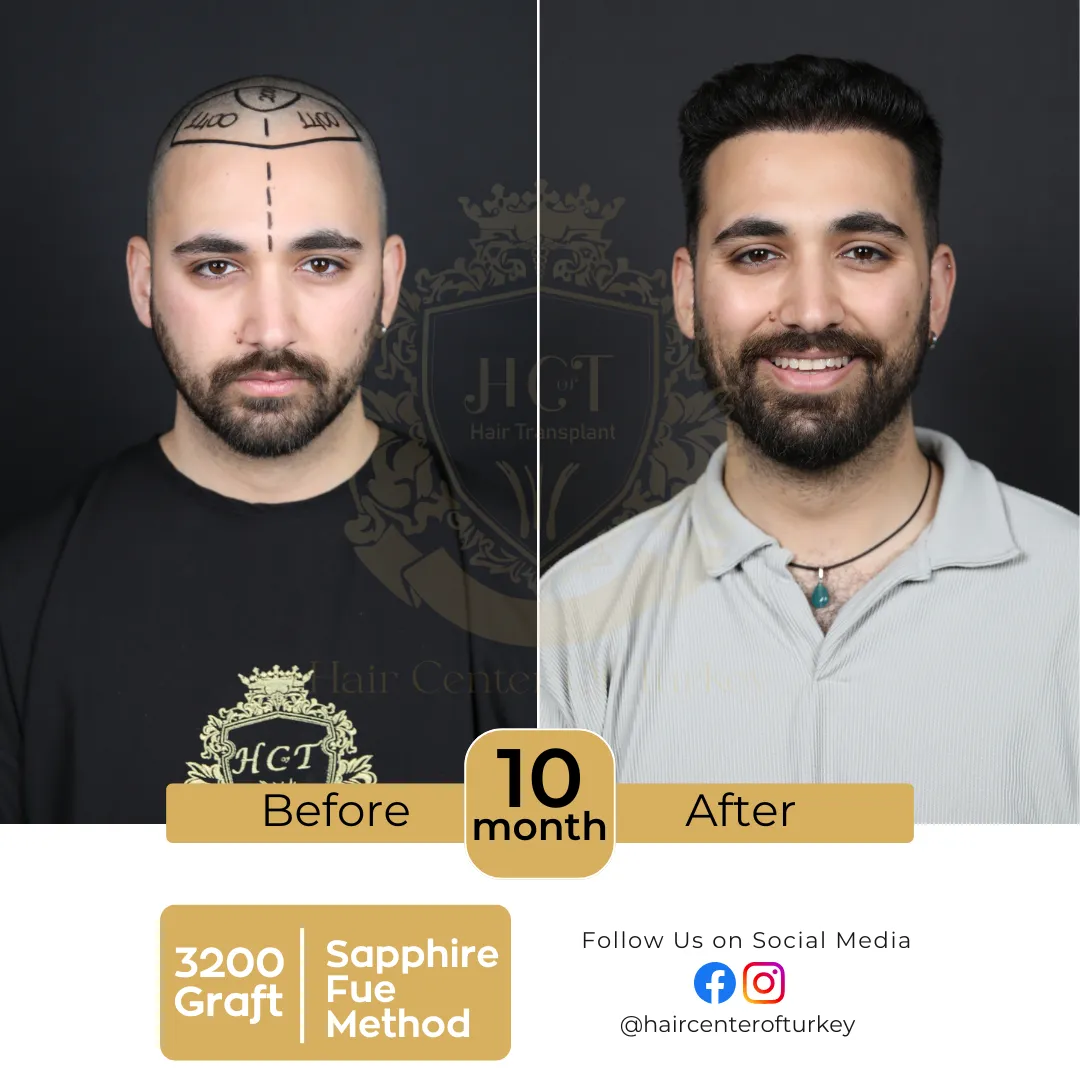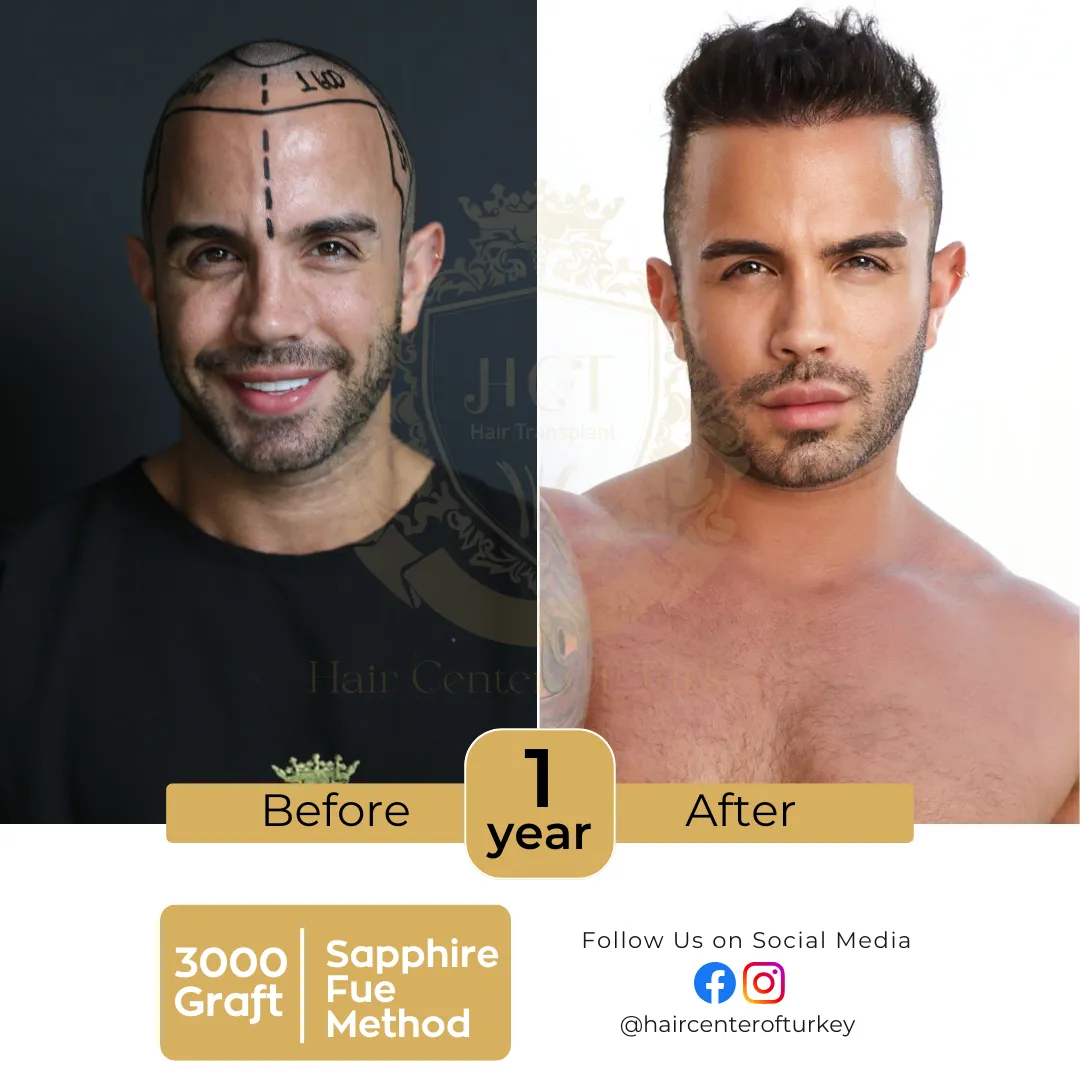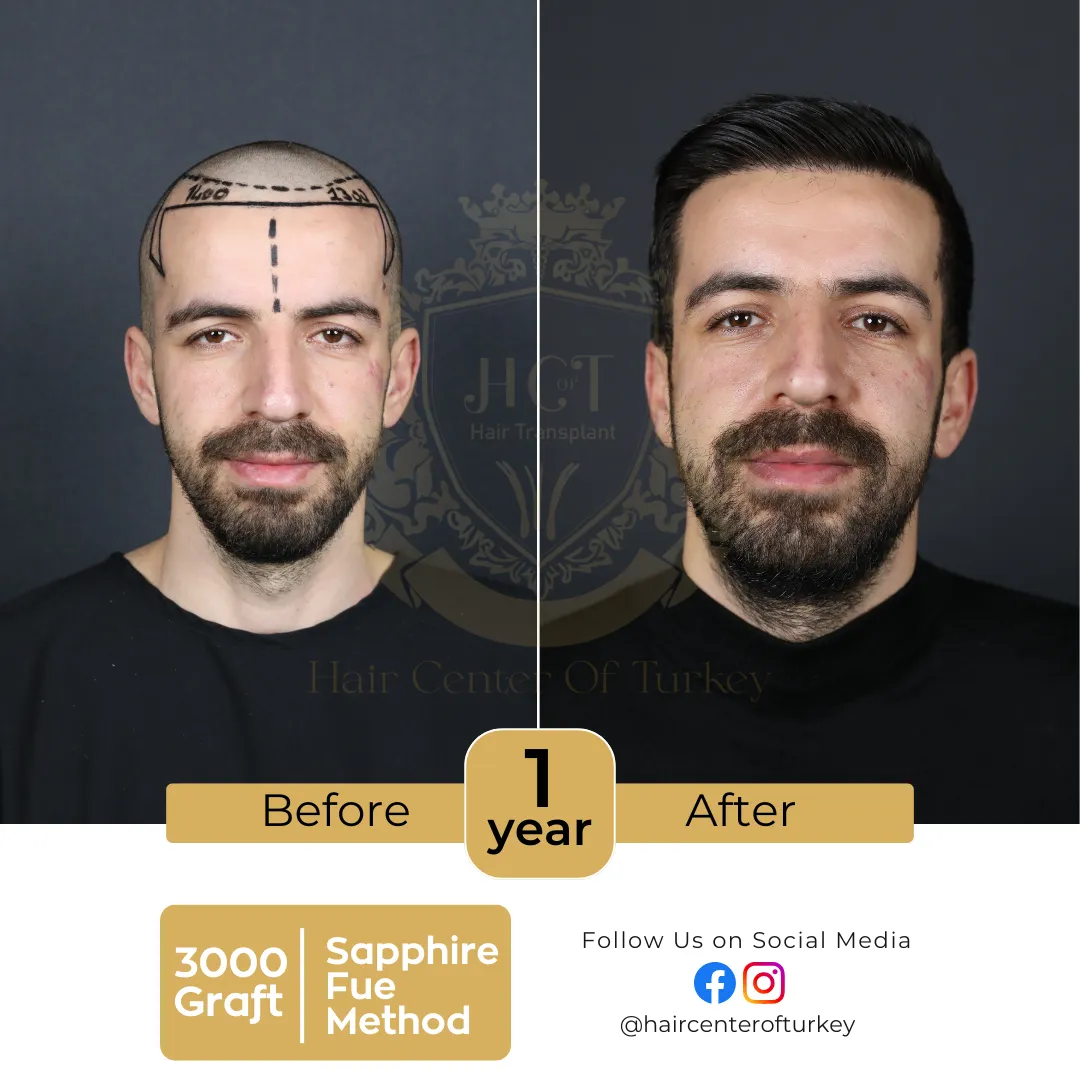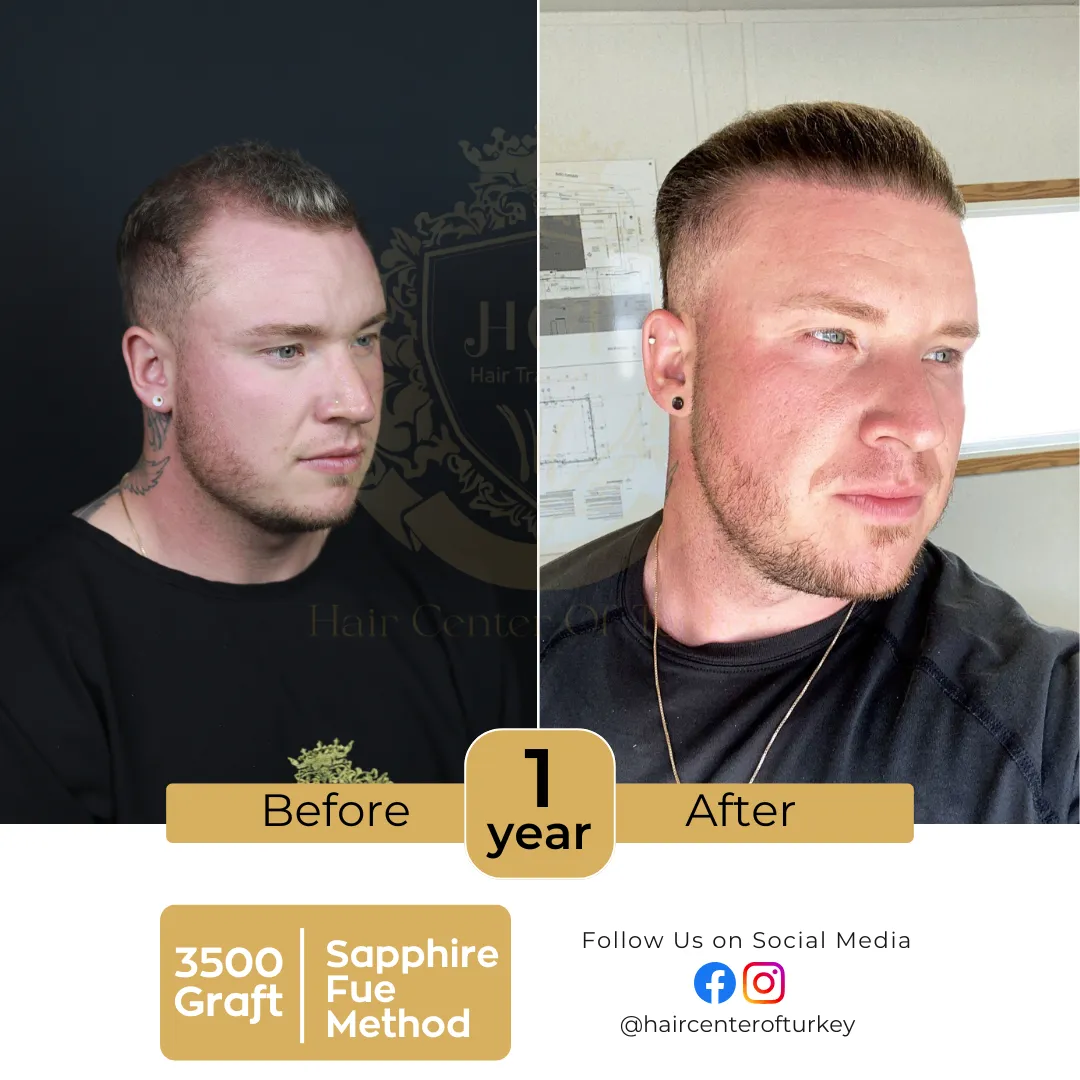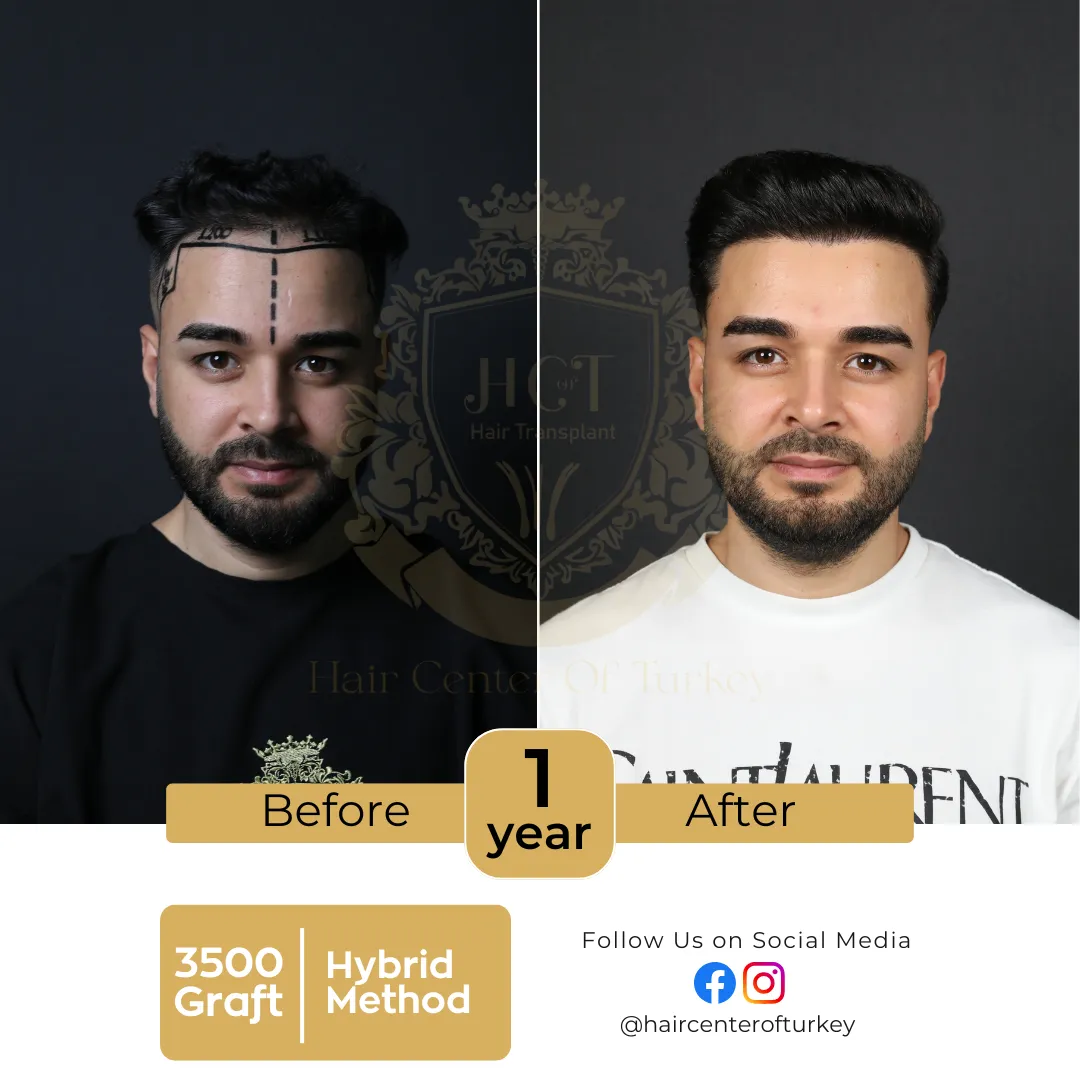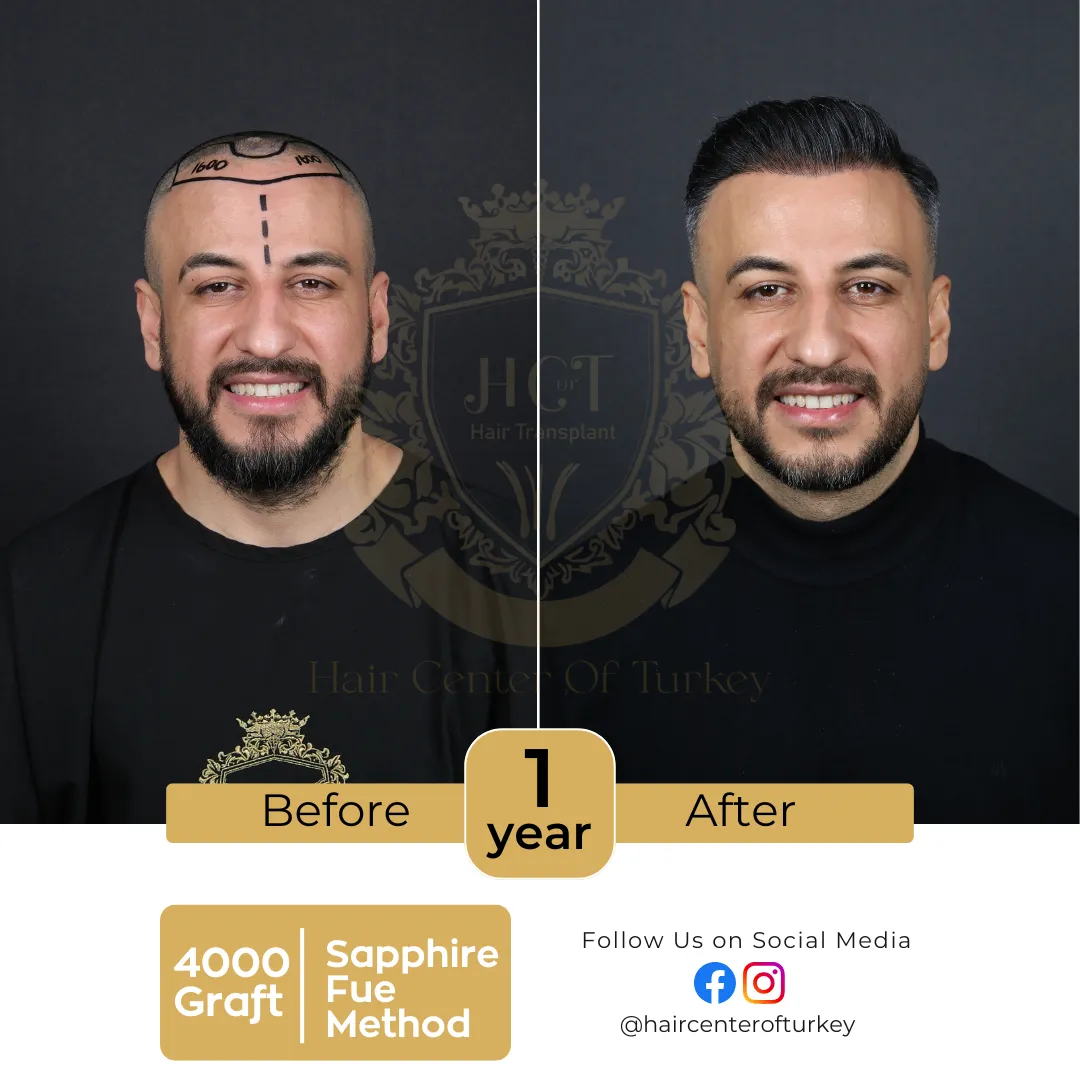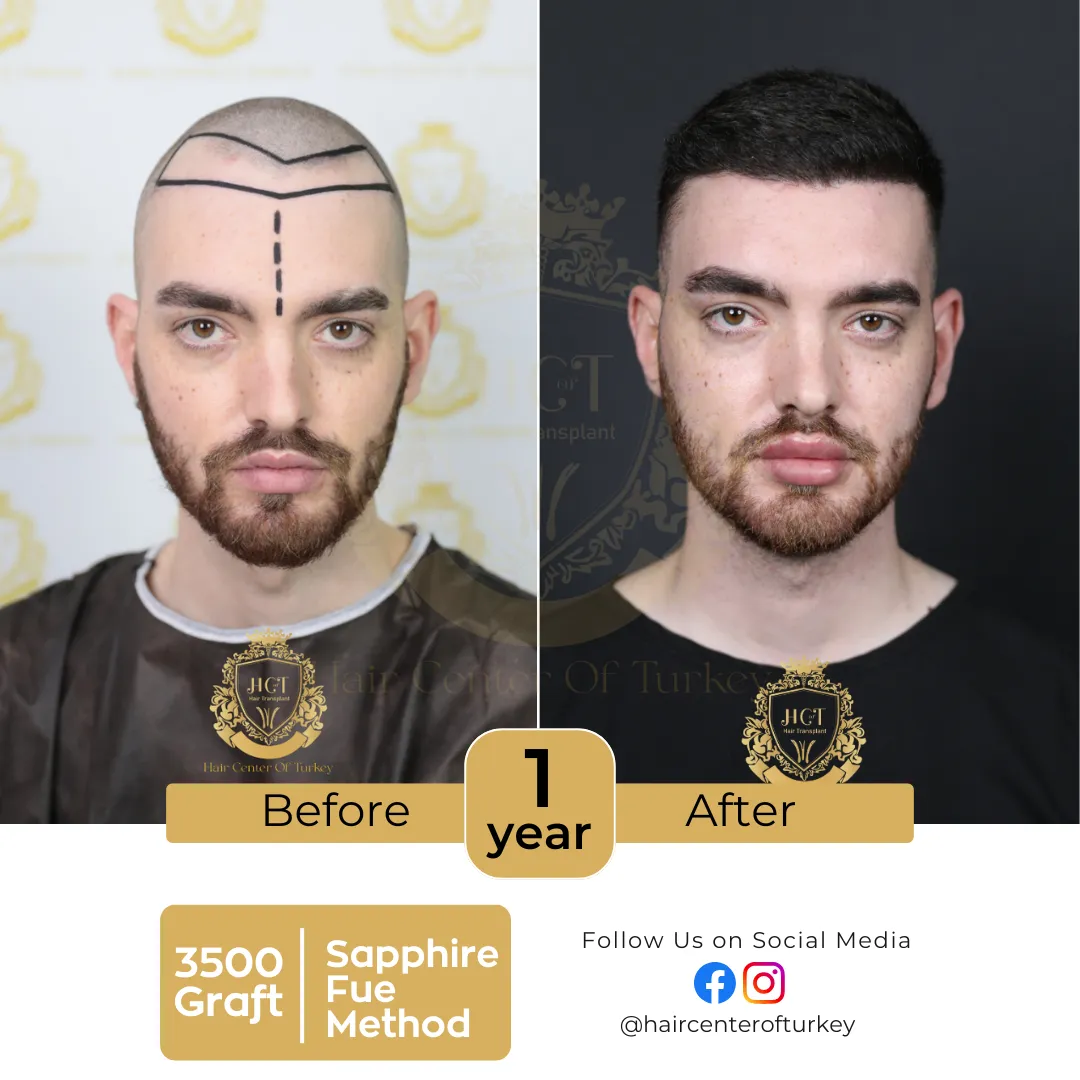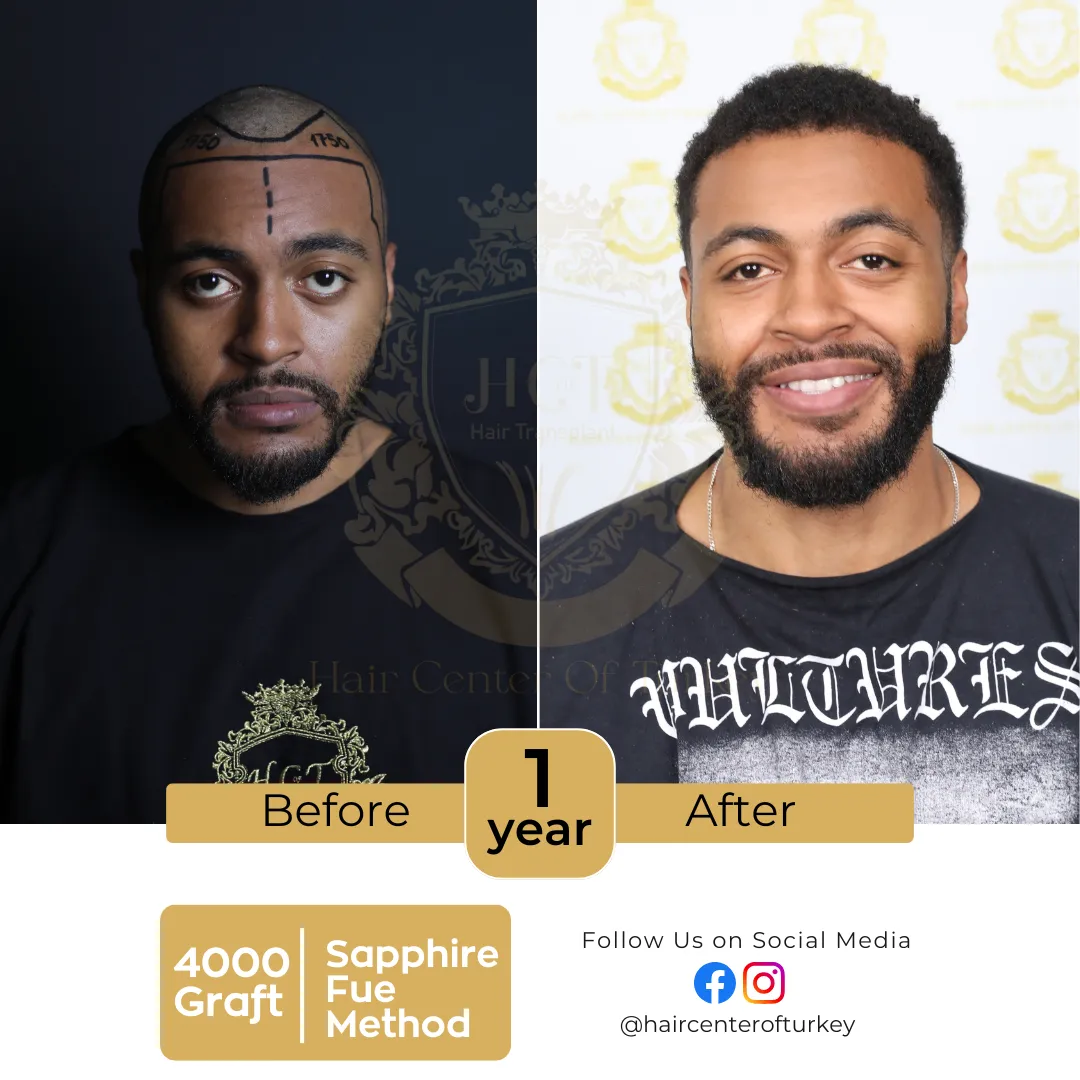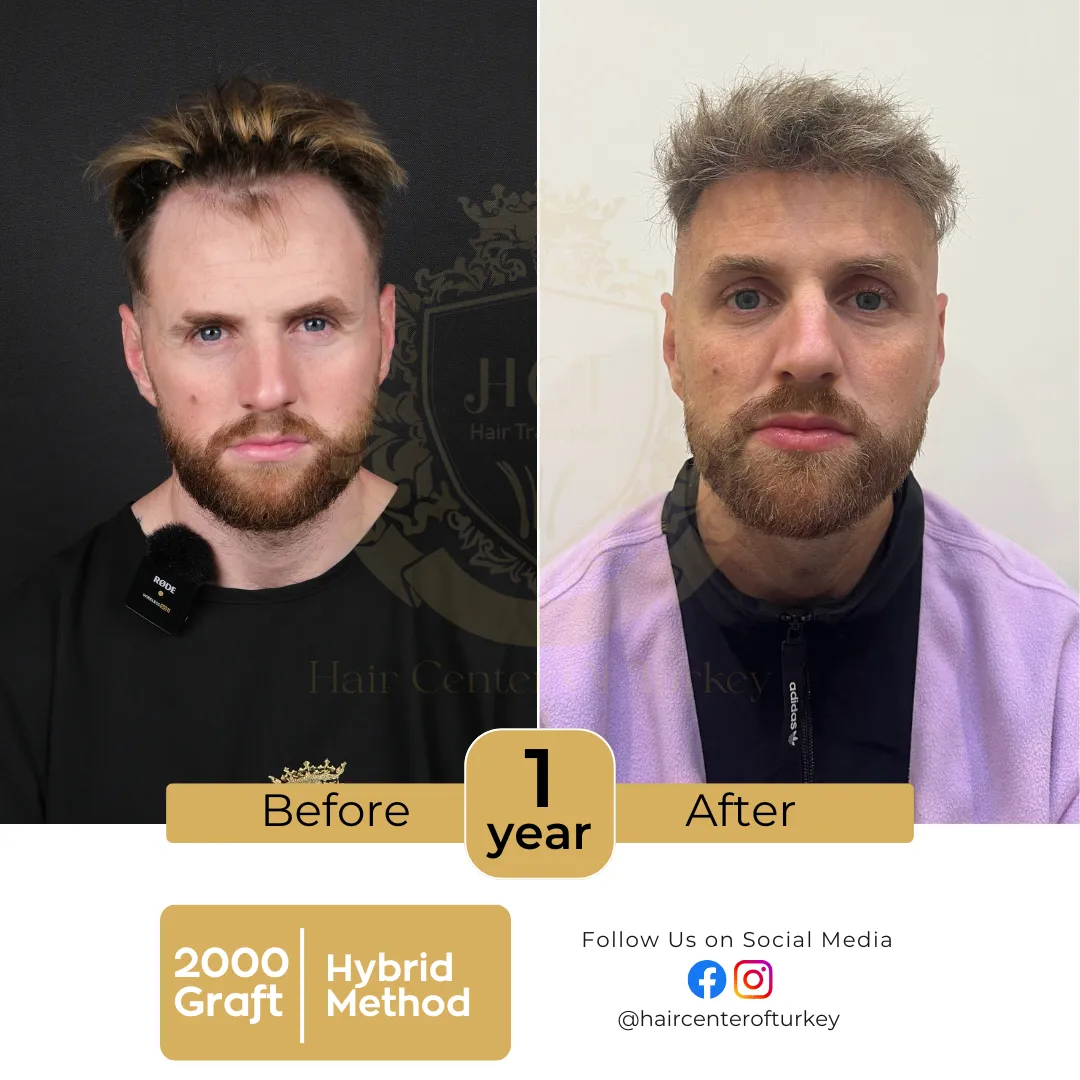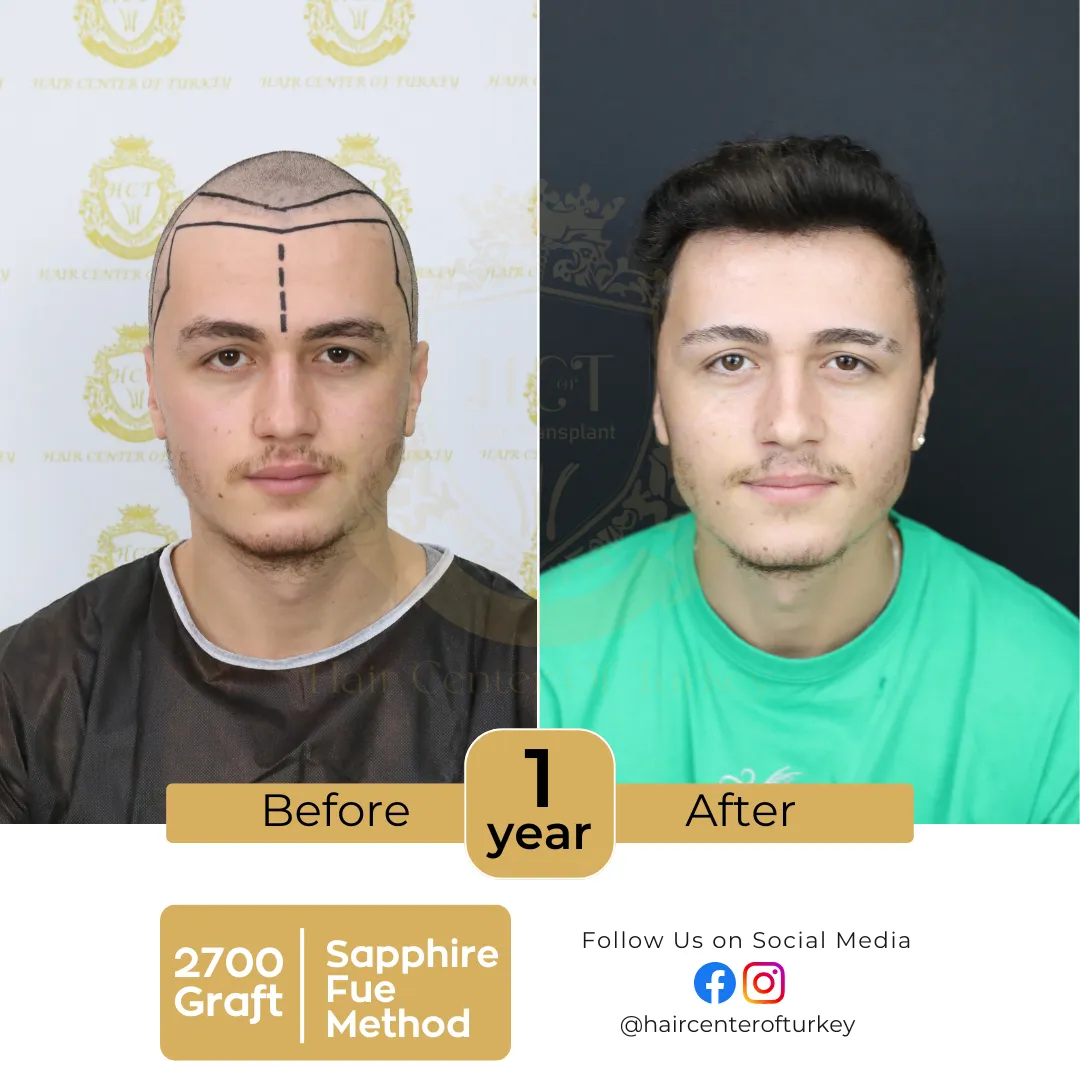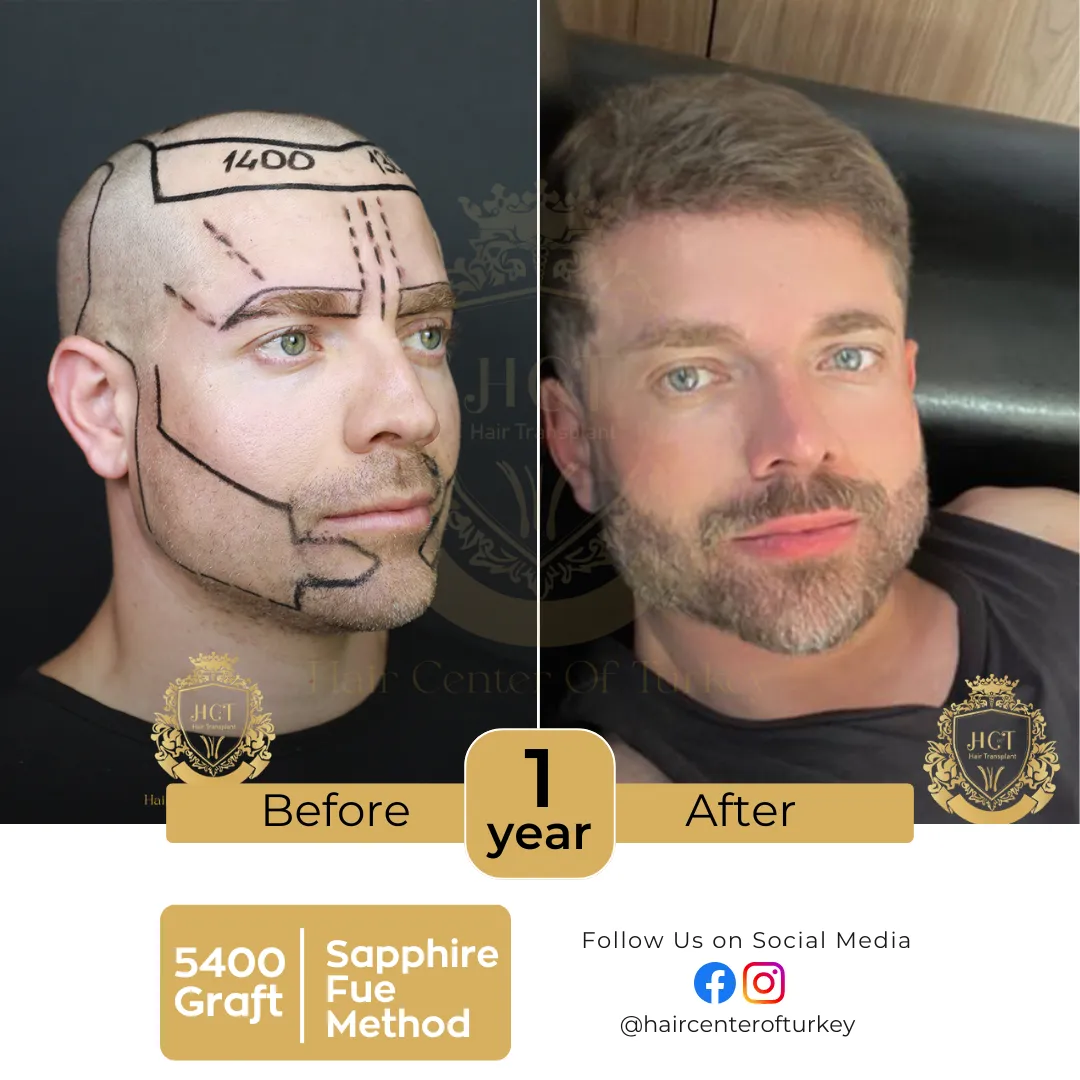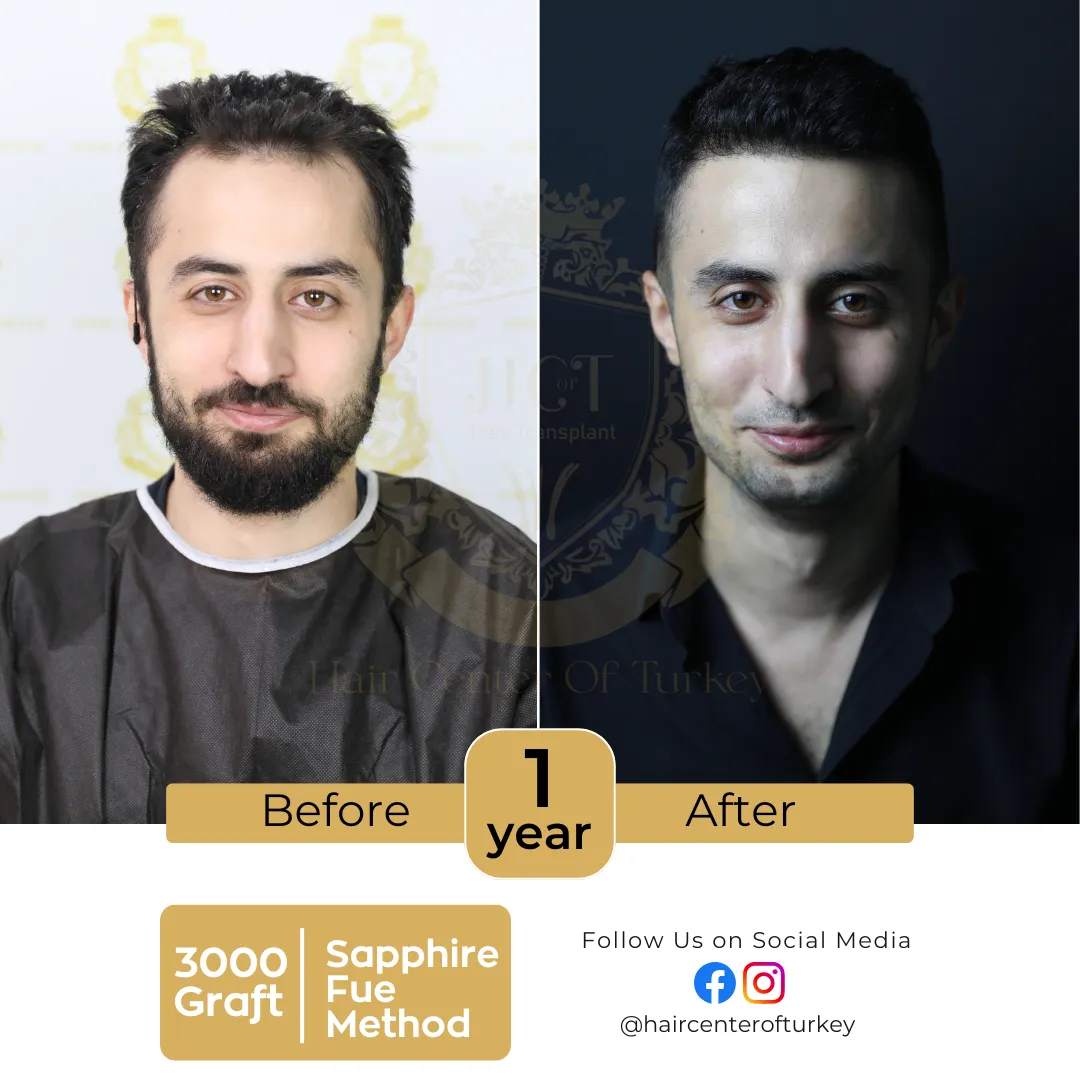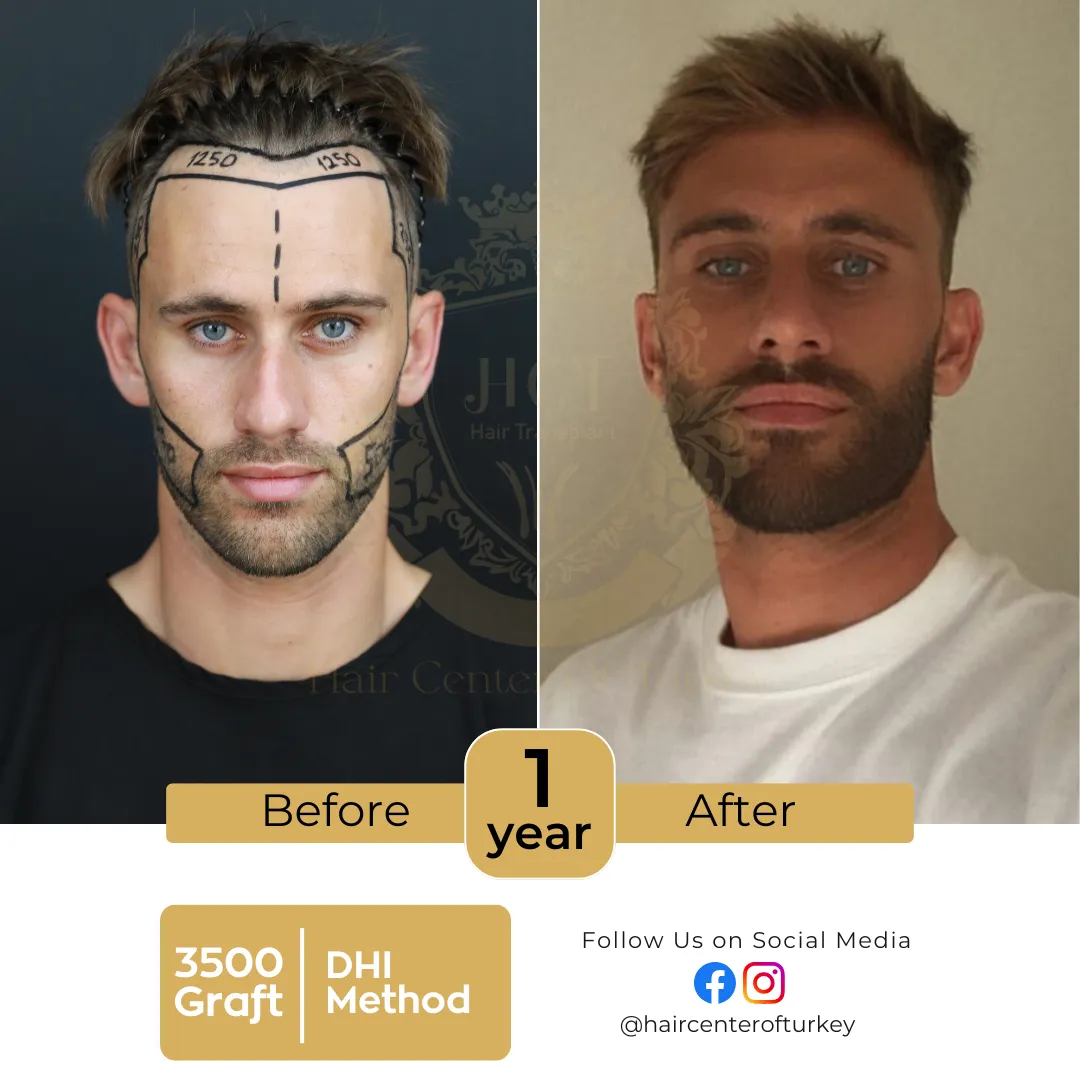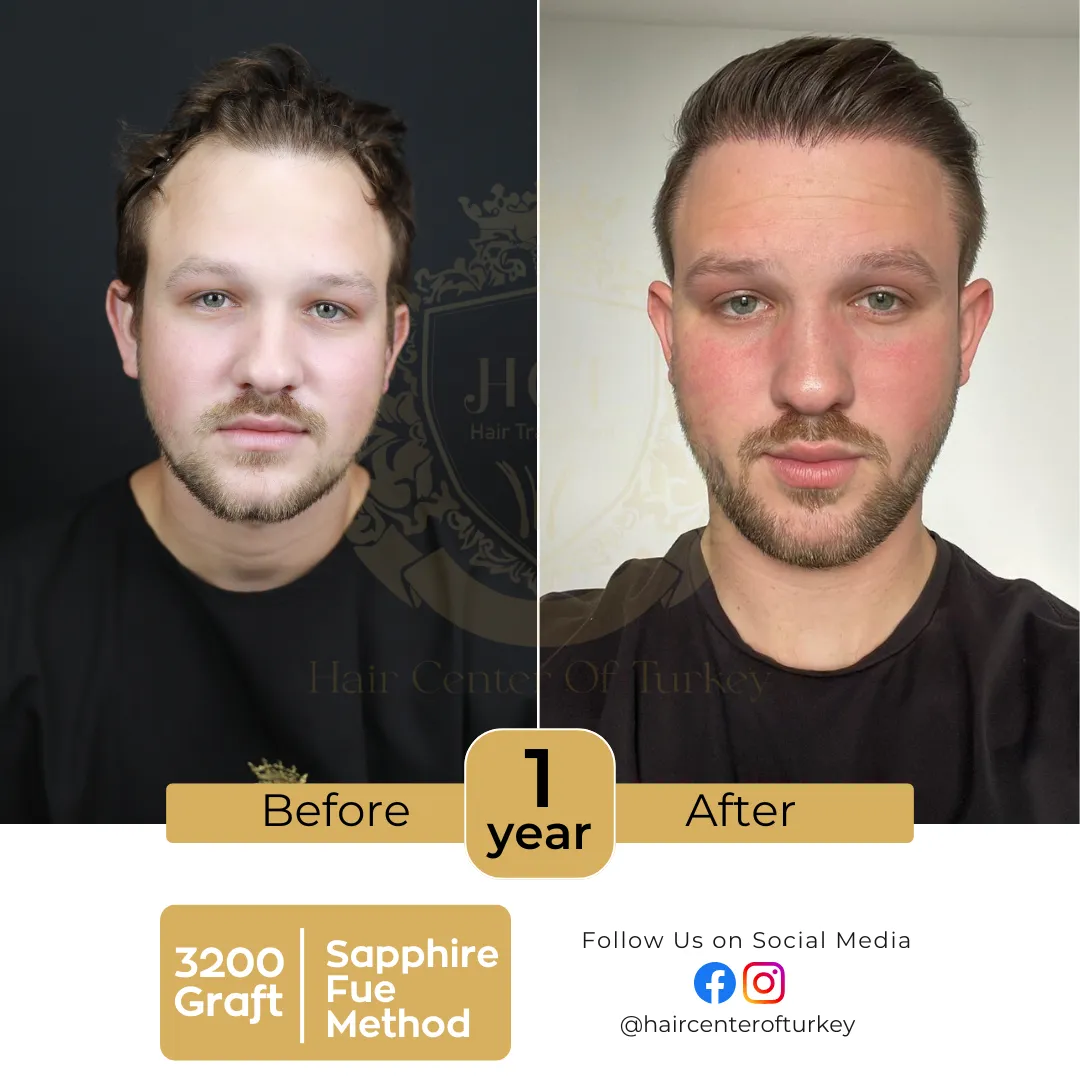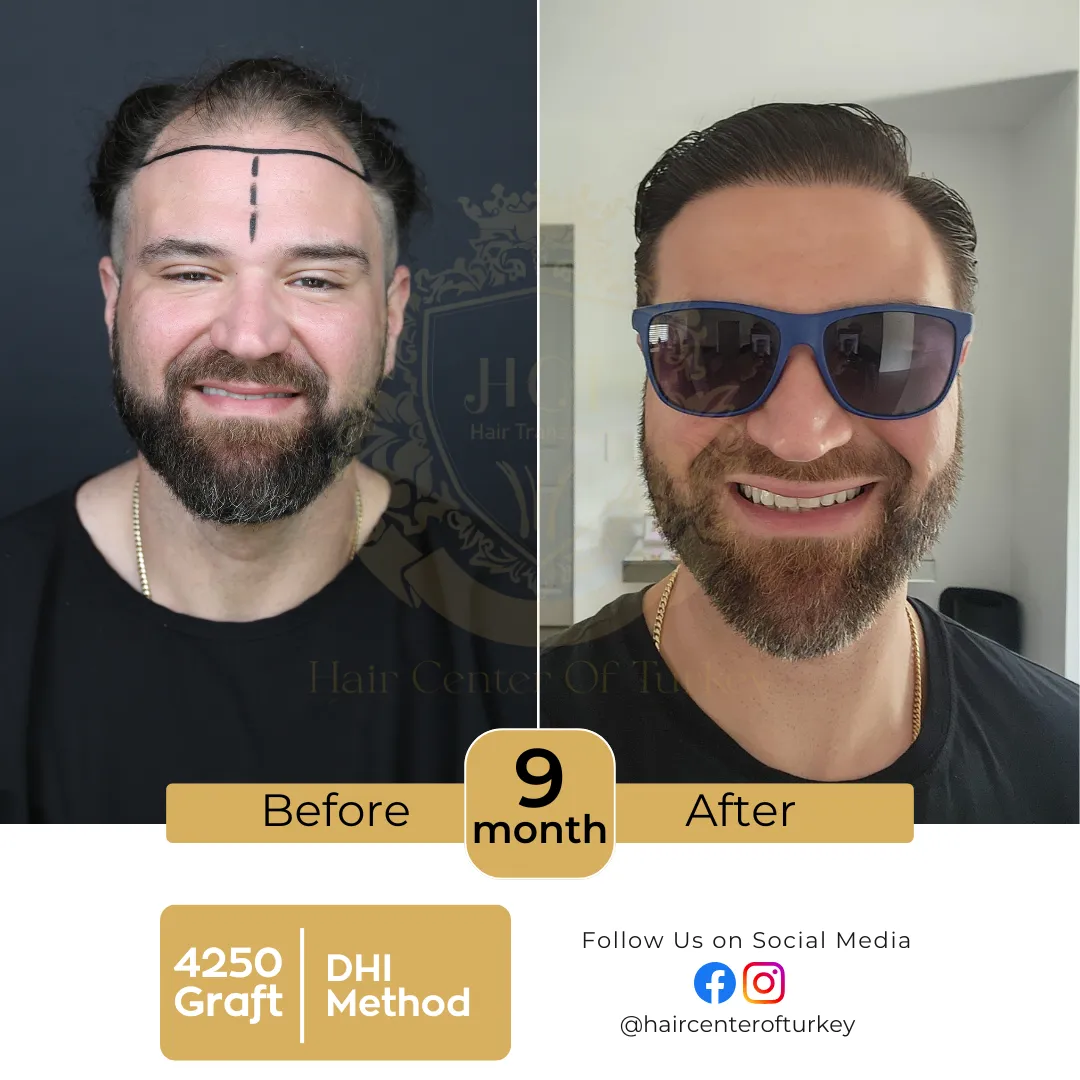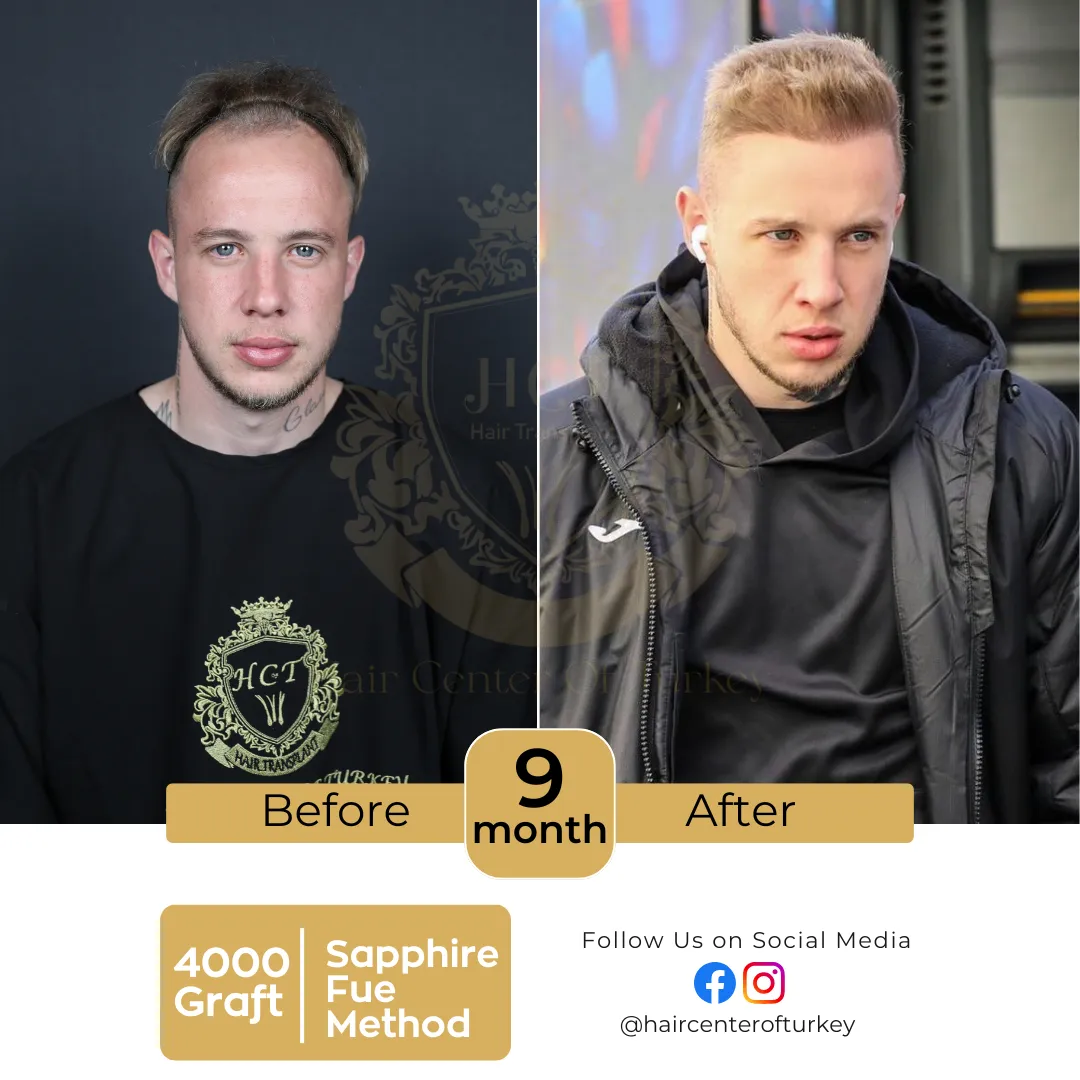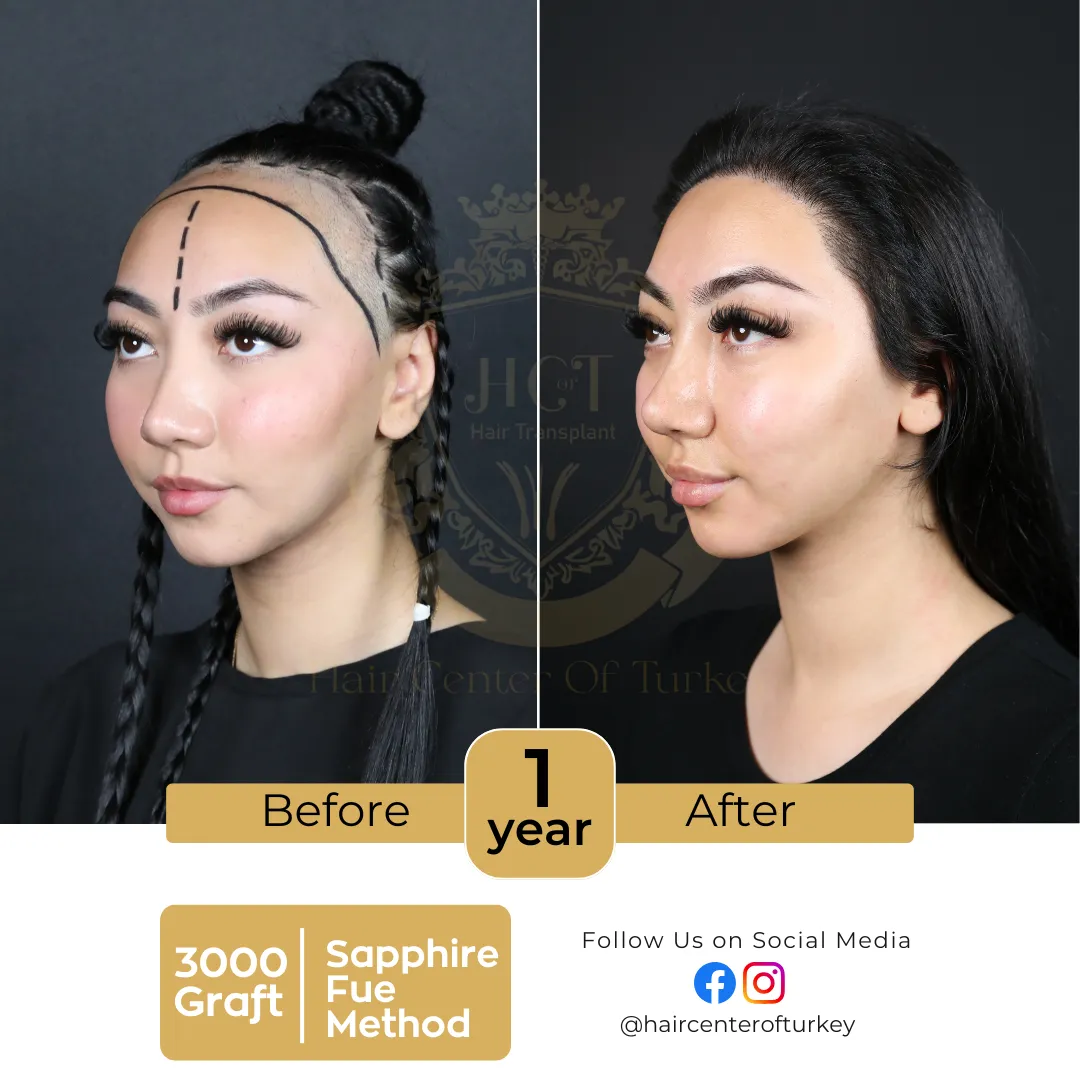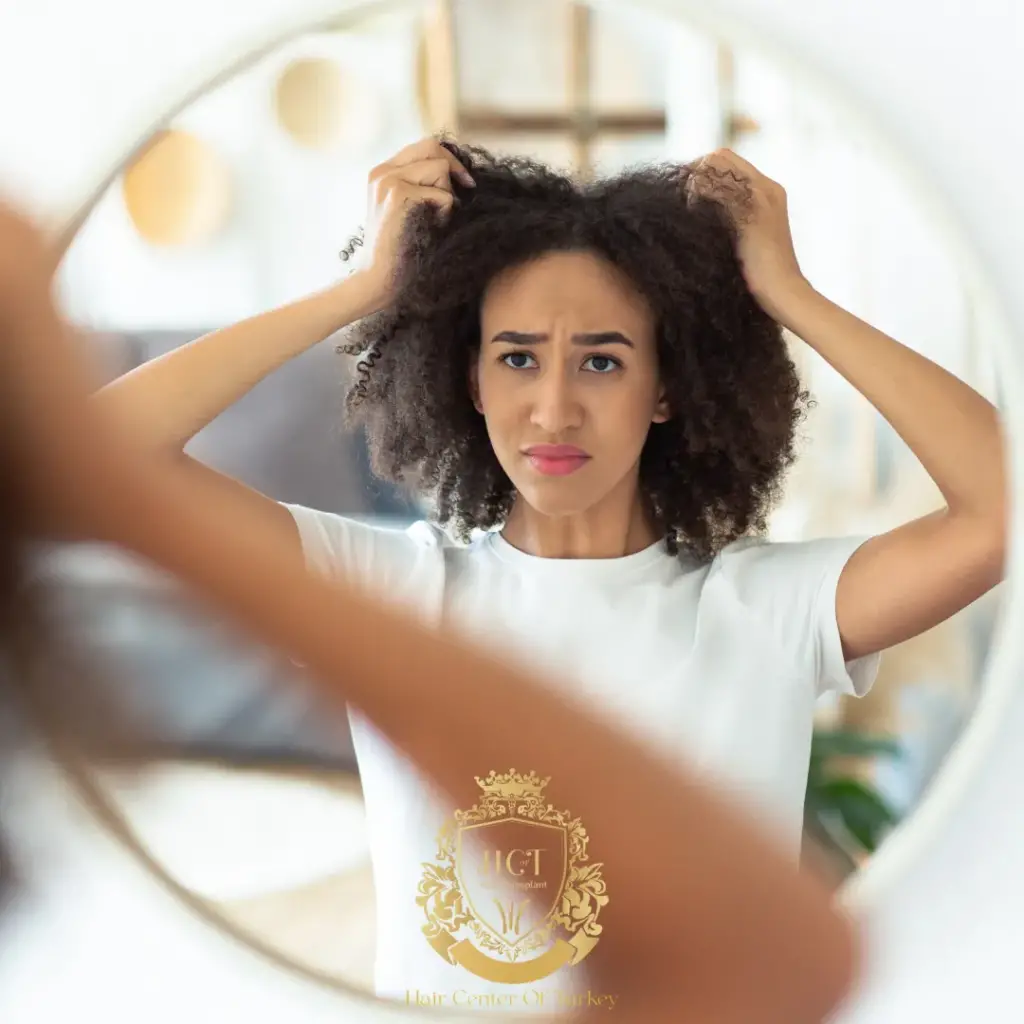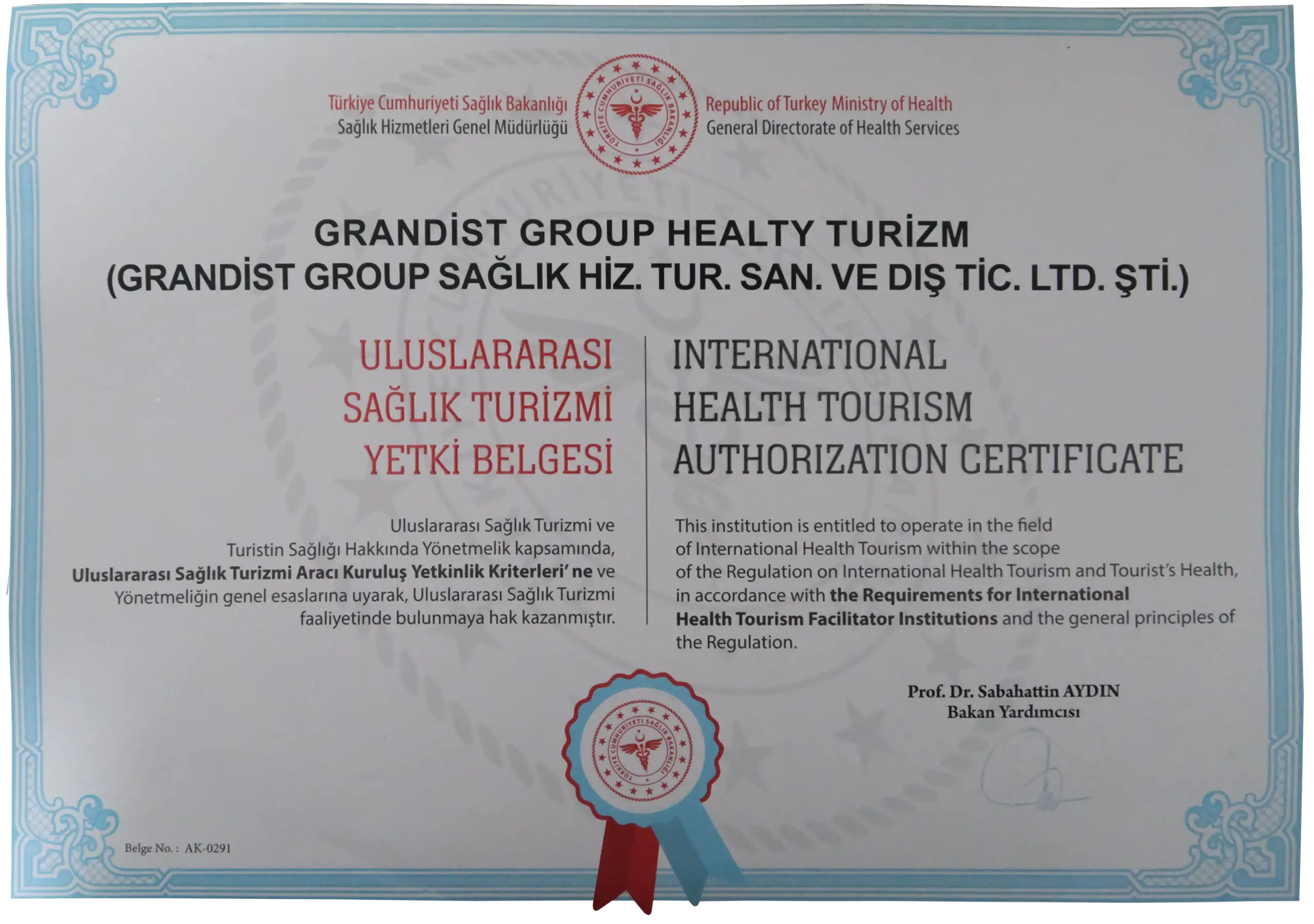What Is Low Porosity Hair and How Do You Keep It Moisturized?
Low porosity hair has a tightly bound cuticle layer that resists moisture penetration. This hair type often struggles to absorb products, leading to product buildup and dryness despite frequent conditioning. Understanding how low porosity hair behaves and learning proper care techniques is key to achieving soft, healthy, and hydrated strands.

What Is Low Porosity Hair?
Low porosity hair has cuticles that lie flat and tightly overlap, creating a barrier that prevents water and products from easily entering the hair shaft. As a result, it takes longer for the hair to get fully wet and even longer to absorb moisturizers. Although this structure protects the hair from damage, it also means moisture can be difficult to retain.
Common Signs of Low Porosity Hair
While hair porosity can only be definitively tested with professional tools, there are common traits that suggest low porosity:
- Hair takes a long time to get fully wet in the shower.
- Water beads on top instead of soaking in.
- Products tend to sit on the surface of the hair rather than absorb.
- Hair dries slowly.
- There is a tendency for product buildup, even with small amounts.
If these symptoms sound familiar, it’s likely you have low porosity hair and would benefit from specific moisturizing strategies.
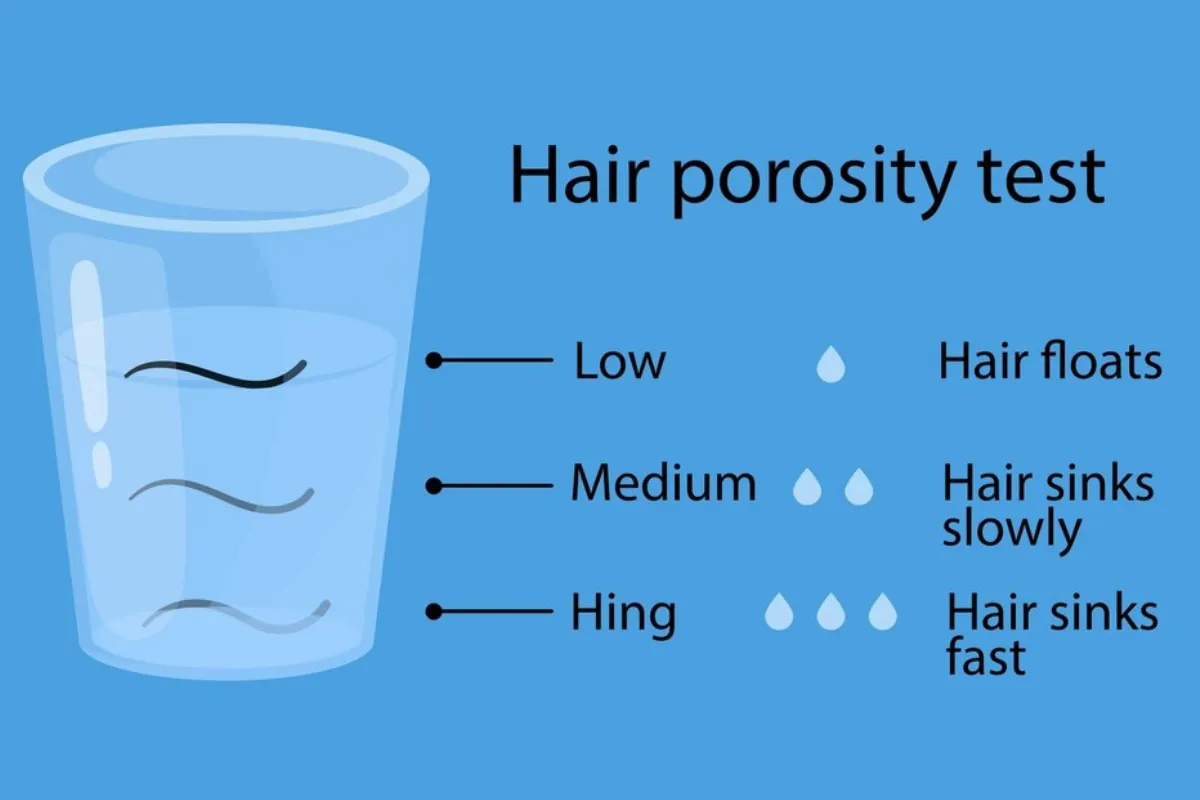
Why Moisturizing Low Porosity Hair Is Challenging
Due to the flat cuticle layer, moisture has a hard time entering the hair. Additionally, heavier oils and creams often coat the hair rather than sink in, leaving it feeling greasy or weighed down. The key is to use lightweight, water-based products and techniques that open the cuticle gently without causing damage.
Best Moisture Practices for Low Porosity Hair
For optimal hydration, focus on methods that encourage the cuticle to open slightly and allow product absorption:
- Use Heat When Deep Conditioning: Apply a deep conditioner and use a warm towel or hooded dryer to help the product penetrate.
- Choose Lightweight Leave-ins: Water-based leave-in conditioners are ideal, as they won’t sit on the hair.
- Apply Products to Damp Hair: Moisture is more likely to be sealed in when the hair is slightly damp rather than soaking wet.
- Clarify Regularly: Use a gentle clarifying shampoo once every two weeks to remove buildup and help hair absorb products better.
- Avoid Heavy Butters and Oils: Ingredients like shea butter or castor oil may be too heavy. Opt for lighter oils such as argan, grapeseed, or sweet almond.
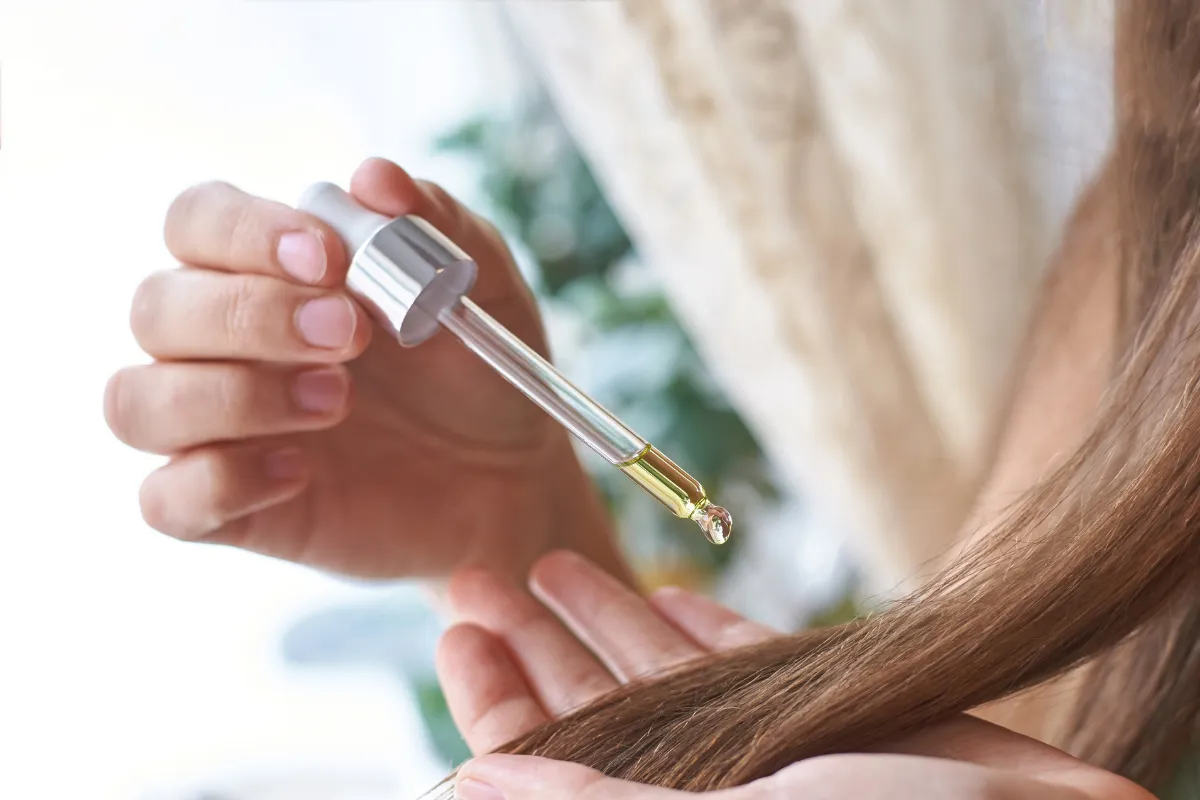
How to Open the Hair Cuticle Naturally
Instead of using harsh chemicals, there are gentle ways to temporarily raise the hair cuticle and improve product absorption:
- Use warm (not hot) water when washing your hair.
- Steam your hair while applying a mask or treatment.
- Try ingredients like honey or aloe vera, which naturally enhance moisture intake.
Nighttime Tips for Retaining Moisture
Nighttime care can help lock in moisture and prevent dryness:
- Sleep on a satin or silk pillowcase to reduce friction.
- Lightly mist hair with a leave-in spray before bed.
- Consider using a satin bonnet or scarf to maintain hydration levels overnight.


